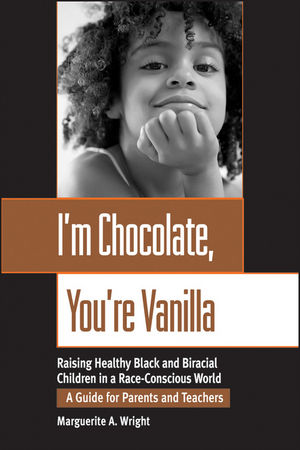The Lure of Whiteness and the Politics of “Otherness”: Mexican American Racial IdentityPosted in Census/Demographics, Dissertations, Identity Development/Psychology, Latino Studies, Media Archive, Texas, United States on 2012-09-13 00:30Z by Steven |
The Lure of Whiteness and the Politics of “Otherness”: Mexican American Racial Identity
University of Texas, Austin
2004
185 pages
Julie Anne Dowling
Dissertation Presented to the Faculty of the Graduate School of the The University of Texas at Austin In Partial Fulfillment of the Requirements for the Degree of Doctor of Philosophy
Using a “constructed ethnicity” (Nagel 1994) approach, this project employs multiple methods to explore the racial identification of Mexican Americans. The U.S. Census has grappled with appropriate strategies for identifying the Mexican-ancestry population for over a century, including the use of a “Mexican” racial category in 1930. I examine historical documents pertaining to the 1930 Census and the development of the “Mexican” racial classification, as well as how Mexican Americans in the League of United Latin American Citizens (LULAC) constructed “White” racial identities in their efforts to resist such racialization. I then explore contemporary Mexican American identity as reflected in current racial self-reporting on the U.S. Census. Finally, I conduct fifty-two in-depth interviews with a strategic sample of Mexican Americans in five Texas cities, investigating how such factors as socioeconomic status, racial composition of neighborhood, proximity to the U.S.-Mexico border, social networks, nativity/migration history, Spanish language fluency, physical appearance, and political attitudes affect their racial and ethnic identifications. Results indicate a complex relationship between personal histories and local community constructions of identity that influences racial identification.
Table of Contents
- List of Tables
- List of Figuresxii
- Chapter 1: Latinos and the Question of Race
- Chapter 2: Modernity and Texas Racial Politics in the Early Twentieth Century, LULAC and the Construction of the White Mexican
- Chapter 3: The “Other” Race of Mexican Americans: Exploring Racial Identification in the 1990 and 2000 U.S. Censuses
- Chapter 4: “Where’s Hispanic?” Mexican American Responses to the Census Race Question
- Chapter 5: What We Call Ourselves Here: Mexican American Racial and Ethnic Labeling in Texas
- Chapter 6: Just An(other) Shade of White? Making Meaning of Mexican American
- Whiteness on the Census.
- Appendix A: Census 1990 Race Question
- Appendix B: Census 2000 Race Question
- Bibliography
- Vita
Chapter 1: Latinos and the Question of Race
Introduction
The roots of this dissertation can be traced to a qualitative study I began as an undergraduate, interviewing persons of “biracial” mixed Mexican-Anglo heritage like myself. During the course of this research that became the basis for my master’s thesis, I discovered that according to the U.S. Census, Latinos are not a racial group. This did not fit my experience growing up in Texas where I found myself torn between two different worlds, one white and one brown.
This disjuncture between government classification and self-identification, between federal definitions and regional definitions of race, is at the heart of my project. The goal of this dissertation is to explore the historical roots of the census classification of Mexican Americans as “White,” and to examine who rejects this classification, identifying as “Other” race. Are there significant differences between these groups? What factors play into how Mexican Americans label themselves? And what are the meanings of these labels?
The most common “other race” response given on the racial identification question of the 1990 U.S. Census was a Hispanic identifier—Hispanic, Latino or a nationality such as Mexican, Puerto Rican, or Cuban (U.S. General Accounting Office 1993). While approximately 51% of Mexican Americans in the 1990 census identified as “White” on the racial identity question, an almost equal proportion (47%) identified as “Other.” In 2000, the numbers were similar with 48% of Mexican Americans identifying as “White” and 46% as “Other.” It is clear that a substantial number of Mexican Americans view themselves as a racial group outside of the current census classifications of White, Black, Native American, and Asian American…
Read the entire dissertation here.

